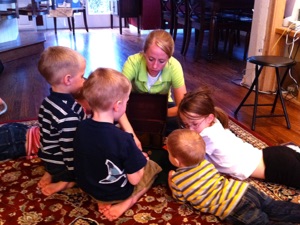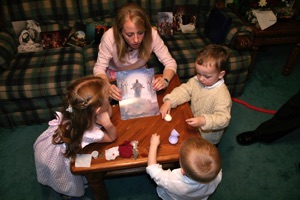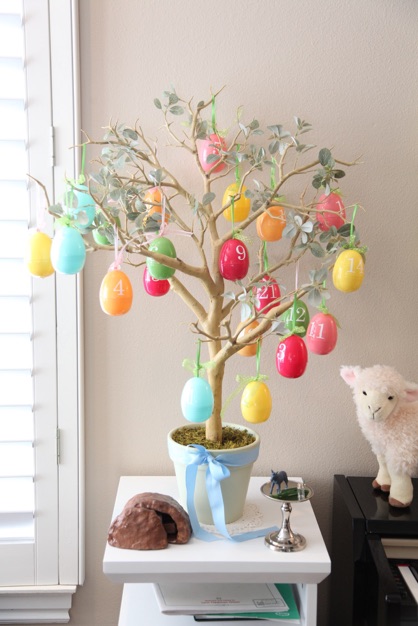Tuesday, March 6, 2012




Easter Tree
I made an Easter tree two years ago to go along with our Easter Week lessons. I was asked to share how I made it, so here goes....
First of all, credit for the idea goes to my talented friend Rinna who made hers first. Thank you, Rinna!!
I bought the tree from Pottery Barn (it’s no longer available), bought the 21 large plastic eggs from Target, and ribbon from a craft store. (I bought about 6 yards of 1/8” ribbon for hanging the ornaments, and some 5/16-1/2” ribbon for decoration). I cut out white paper tags, labeled and hole-punched them. *I later removed the paper and added white vinyl numbers to each egg.

Before incorporating the symbols into every day of Easter week, I used to just give one symbol lesson on Easter Sunday. Here is my version of the Easter Egg Lesson. (It makes a great gift, too.)
You can also check out the Easter section of my Favorites page for more ideas.
I hope this is helpful!










I used my husband’s drill press (using a 3/32 drill bit) to make a hole in the top of each egg large enough for the 1/8” ribbon to go through it.
Next, cut ~10” of the 1/8” ribbon, fold it in half, and thread through the hold in the top of the egg (the cut part going in first). Tie a sheet bend knot on the inside.
Thread the decorative ribbon through the hold in the numbered tag, and tie onto the egg top.
You can keep the eggs in a basket (or any container) if you don’t have a tree.
I filled each egg with a symbol to go along with the lesson(s) for each day of Easter Week. I can share the complete lessons with you if you own the book “A Christ-Centered Easter” (the lessons from the book plus my own additions including the Easter egg ornament symbols). For now, I can share which objects I chose to accompany the lessons:
Day 1 - Palm Sunday - Jesus’ Triumphal Entry and The Anointing at Bethany
Symbol #1: Donkey, palm leaves, jar
Day 2 - Cleansing the Temple
Symbol #2: Temple, whip, broom or mop
Day 3 - Parables of Jesus
Symbol #3: Two pennies (widow’s mite) or oil lamp (10 virgins)
Day 4 - The Passover and The Last Supper (I teach this on Wednesday)
Symbol #4: Seder plate, sacrament cup
Day 5 - Jesus’ Prayer and Agony in Gethsemane
Symbol #5: Olive, cloth with a drop of red color
Day 6 - Jesus’ Trial and Crucifixion
Symbol #6: Three silver coins (dimes), lips button or Hershey kiss (betrayal of Judas)
Symbol #7: Sword, rope (Peter cut off soldier’s ear, Jesus was bound and taken away)
Symbol # 8: Rooster (Peter’s denial)
Symbol #9: Red cloth, thorn (soldiers’ mocking of Christ)
Symbol #10: Chunk of soap (Pilate washed his hands)
Symbol #11: Nails, cross (crucifixion)
Symbol #12: Dice or toothpicks (soldiers drew lots for Jesus’ clothing)
Symbol #13: Piece of sponge (sponge of vinegar given to Christ)
Symbol #14: Small rocks in a baggy (earthquake after Christ’s death)
Symbol #15: Three black fuzzy balls (3 hrs darkness in Jerusalem, 3 days darkness in Americas)
Symbol #16: White cloth (burial of Jesus)
Symbol #17: Flat rock or tomb made from Sculpey (Jesus’ tomb)
Day 7 - Saturday - The Jewish Sabbath
Symbol #18: Spices (cinnamon stick, bay leaf, whole nutmeg)
Symbol #19: Roman soldier (Playmobil)
Symbol #20: White hand or finger puppet (represents our body)
Day 8 - Easter Sunday
Symbol #21: Empty Egg
Each day, after opening the ornament, we displayed the object(s) on a pedestal (bought from Michael’s in the candle aisle).

During Family Home Evening, the day after Easter, I showed the kids all of the objects (mixed up) in a box. I had them put the symbols in order and asked them to explain what each object represented. The kids helped each other and it was a nice review. At the end, the box was empty. I asked the kids to explain why it was empty and bore my testimony of the resurrection one more time.
Lastly, I hung all the egg ornaments on the tree. It makes a beautiful centerpiece or decoration for the week! After opening the ornaments and displaying the objects, I rehung the empty eggs on the tree because they were so pretty.
We also displayed a picture for the day, then hung it on the wall, building a picture timeline of the week.
I printed all of the lessons and put them in a binder along with pictures and music (so it’s ready to go each day).
You can see some of the special activities we do during Easter week on this post.

Here is a 2015 picture of the eggs with vinyl labels. (I used a Silhouette Cameo to cut out the numbers.)

